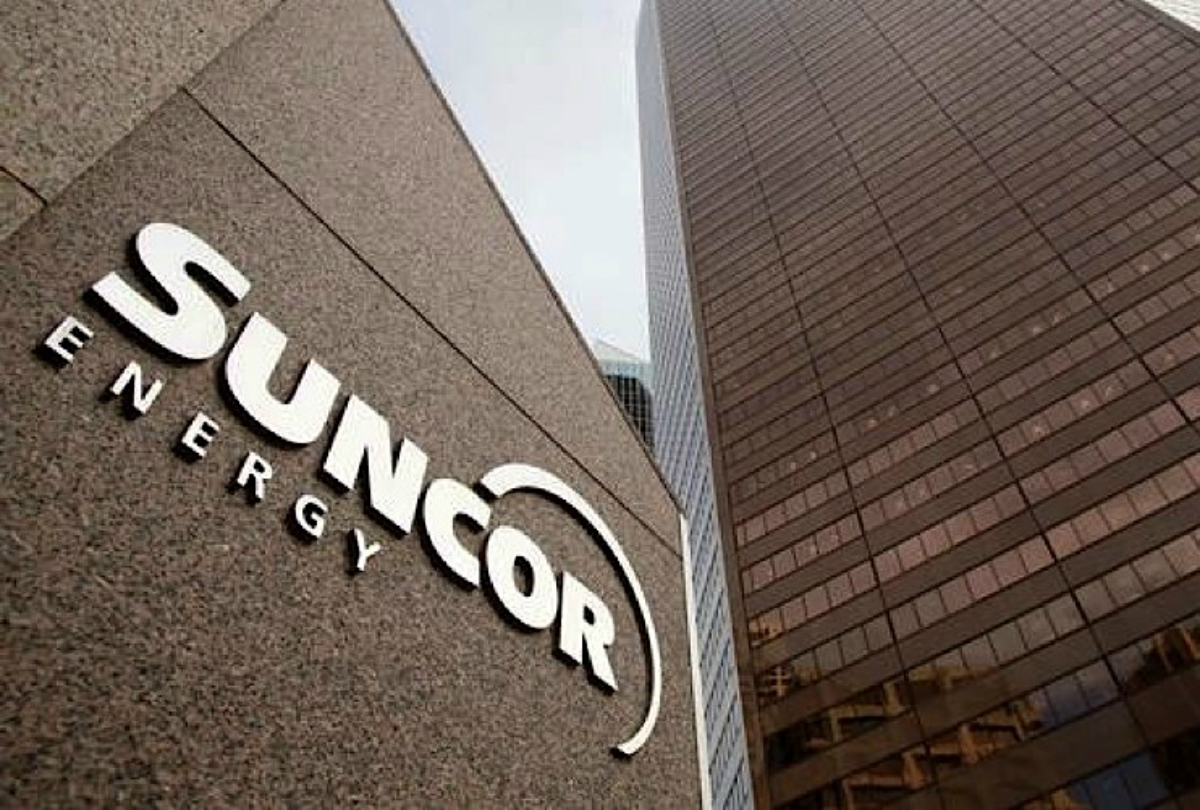Sign up for daily news updates from CleanTechnica on email. Or follow us on Google News!
As the summer wound down, I immersed myself in a local cultural tradition: the local agriculture fair, a harvest tradition in New England that dates back over a century.
With it are competitions for the best examples of cows, pigs, sheep, ducks, and horses, with wide-eyed young future farmers eagerly and anxiously parading their prize livestock around arenas. Barns brim with displays of the most perfect of everything: homemade pies, self-grown floral or vegetable arrangements, photography, watercolors, and every kind of squash, ear of corn, tomato, cucumber, string bean, and other local vegetable. Food vendors are everywhere! Clam chowder and clam cakes. Roasted turkey legs. Bloomin’ onions. Hot apple crisp with cold vanilla ice cream. Burgers and hotdogs and fries. It is a delicious weight-watcher’s bad dream.
An agricultural fair is truly a throwback to a day and age when small local farms depended on whole families of workers to survive. It is an opportunity for today’s children to recognize how their food is grown and to appreciate local fare and industry.
It is also a very carbon-intensive event, with monstrous diesel trucks transporting goods and animals. Portable propane canisters fire up food trucks. Lines of cars idle in traffic or parked in newly mown fields. Heaps of waste pile up in trash barrels. Enormous amounts of energy are used to power up lighting and acoustics for entertainment. Better living centers are full of odd conveniences supposedly targeted for everyday life.
The local agriculture fair has a real opportunity to reinvent itself as a model of sustainability — but do its sponsors and the local community have the interest and wherewithal to do so? New concepts and approaches are required to organize thoughts about, and set parameters for, discourse on sustainability in the realm of planned events like the local agriculture fair, in the hopes that the tradition can continue but become closer to carbon neutral with carefully planned sustainability in mind.
 Chip in a few dollars a month to help support independent cleantech coverage that helps to accelerate the cleantech revolution!
Chip in a few dollars a month to help support independent cleantech coverage that helps to accelerate the cleantech revolution!
Although time-limited, agriculture fairs pose a significant environmental impact that needs to be accounted for correctly. This article about the agriculture fair of the future is more visionary than myopic, more hope-filled than immediate — but it is an opportunity to look behind the curtain of how our beloved cultural activities are rife with carbon emissions.
Agricultural fairs represent highly significant events within the agribusiness sector, facilitating the exchange of products and services while also contributing to society through lectures, training sessions, and technology exhibitions. Many agricultural fairs are planned well ahead of time by accentuating the spatial uses during and after the fair, associating the fair with the local area, and sustaining social life and economic employment.
Research indicates that this kind of event planning needs to move beyond greening: managed portfolios of events, in which long-term sustainable growth or value is the aim; and whole populations of events that must remain healthy. A triple-bottom line of economic efficiency, environmental integrity and social equity is meant to be used to measure progress towards sustainable development goals.
Such fair planning should become focused on sustainable tourism development in which sustainable management of resources takes place. Such a reconceptualization would mean that economic, social, and aesthetic needs would be fulfilled while maintaining cultural heritage, essential ecological processes, biological diversity, and life support systems. Resources and experiences offered by nature would emphasize non-material values and renewable natural resources.
Moving to a Sustainability Paradigm for Local Agriculture Visibility
What needs to be preconditioned for the local agriculture fair so it can be sustainable and successful as well as contributing as efficient catalyst for regional tourism development?
The positive sociocultural impacts of agricultural tourism development include cross-cultural communication, positive changes in values and traditions, and cultural exchanges that help to build harmonious relationships between different individuals and many groups. One natural entry to a sustainable agriculture fair is through agrotourism, which focuses more on the raw ingredients and the farming experience than on prepared food and drink. Such a farmer’s market approach includes farm visits that connect travelers to local culture while offering a wide variety of activities focused on local agriculture and cuisine. Farmer’s markets are organized events aimed at marketing products primarily from family farming. Small producers offer consumers variations of products such as organic, or pesticide-free, tomatoes.
Agrotourism can also be an opportunity to build partnerships and collaborations that promote more sustainable economic development for urban and rural areas, support farm preservation, and increase farmers’ livelihood, while helping create diverse and memorable food tourism experiences for travelers.
What are some sustainability suggestions for agriculture fairs — and events of all kinds?
Sourcing sustainable products and services: Eco-friendly goods and services consider the entire life cycle, including manufacturing, usage, and disposal, as well as the amount of energy and resources needed. These vendors often hold certifications from organizations like the Marine Stewardship Council (MSC) for seafood or the Forest Stewardship Council (FSC) for paper products. Purchasing environmentally friendly products like recycled paper or biodegradable plastics means working with suppliers who share a commitment to sustainability. Examples are caterers who use only organic or locally sourced ingredients, or rental businesses that offer green products like outdoor cool misting stations or portable electric grills.
Reduce energy usage: This is a really important change for agriculture fairs, as they need to optimize heating and cooling — something as simple as utilizing natural ventilation whenever possible makes a difference. So, too, can be motion-detecting lights and turning off electronics when not in use. Only use of energy-efficient lighting, such as LED bulbs must be the norm, as they use 75% less energy and last longer than traditional incandescent bulbs. Energy-efficient appliances, preferably electric, such as refrigerators, ovens, and washing machines, further reduce an event’s carbon footprint.
Redesign food service: The event’s menus should foreground plant-based options, which have a lower carbon footprint than meat-based diets. That’s because plant-based proteins require less energy to produce. Explore purchasing locally grown and in-season produce to reduce the carbon footprint of transportation. Choose sustainably raised options. To reduce waste from edibles, use eco-friendly packaging, such as biodegradable or compostable materials — or even have guests bring their board-of-health approved reusable containers.
Segregate event waste: A basic starting point is to separate recyclable materials from non-recyclable waste, such as paper, plastic, and metal. A necessary and often overlooked aspect of reducing waste is to provide compostable organic bins, as in the US food is the single most common material sent to landfills, comprising 24.1% of municipal solid waste.
Electric transportation for attendees: Provide attendees with incentified sustainable transit, which can include electrified public transportation, such as buses or trains — they reduce carbon emissions significantly when compared to individual car travel. Electric shuttles from convenient locations and carpooling with electric vehicle fleets can be part of discounted ticket packages or preferred parking.
Design the focus of better living centers to live sustainably: Better living centers can introduce ways to living sustainably and move toward electrifying everything. Alan Lewinger, founder of Aquafire, suggests that such an approach must be about more than just convenience; it must signify a fundamental shift towards sustainable living. “These innovations enhance home comfort while aligning with our collective goal of reducing carbon footprints and embracing renewable energy sources,” Lewinger explains. “Moreover, they significantly improve air quality by eliminating harmful emissions associated with traditional burning methods,” thereby creating a healthier environment for all.

Have a tip for CleanTechnica? Want to advertise? Want to suggest a guest for our CleanTech Talk podcast? Contact us here.
Latest CleanTechnica.TV Videos
CleanTechnica uses affiliate links. See our policy here.
CleanTechnica’s Comment Policy





